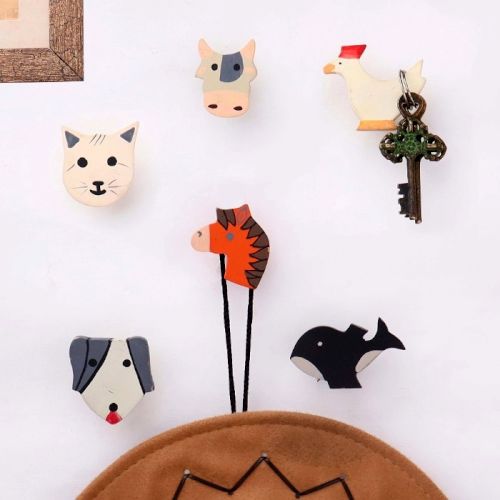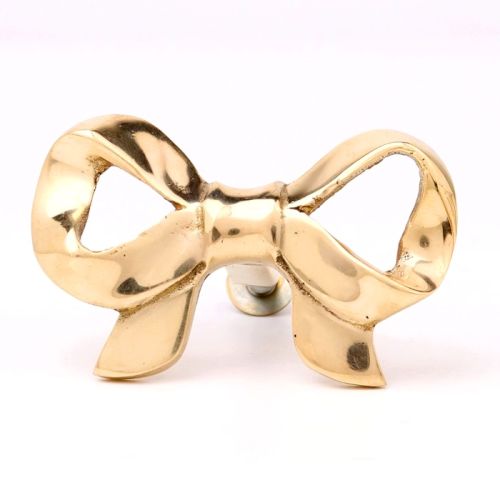Buy Vintage Grater Online In India
A vintage grater is more than just an old kitchen tool; it’s a relic of culinary craftsmanship. Typically made of metal with perforated surfaces, it was used for grating vegetables, cheese, spices, or even soaps in earlier times.
Where did Vintage Grater originate?
The earliest versions of this tool date back to the 16th century in France, when cheesemaking was a household activity, and people needed efficient tools to process hard cheeses. Over time, the grater evolved, finding variations across Europe and America. Its utilitarian nature made it a staple in rural kitchens, often hand-crafted or produced with minimal machinery. The "vintage" label usually applies to models from the late 19th century up to the mid-20th century, before mass plastic production reshaped kitchenware. These graters carry with them stories of time — of hands that cooked with intuition, tradition, and an eye for longevity rather than trend.
How is a vintage grater different from modern or contemporary cookware?
Vintage graters hold a tactile rawness — forged in metal, shaped with purpose, and often handcrafted or pressed in small batches. Unlike modern graters that lean on stainless steel precision, ergonomic grips, or even electric motor enhancements, vintage graters feel grounded, unrefined yet purposeful. They are built not for speed or sleekness but for durability. Modern cookware is generally made with plastic handles, silicone edges, or sleek metallic finishes, focused on comfort, branding, and multi-functionality. Meanwhile, vintage graters often have sharp-edged perforations, minimalistic shapes (usually flat or conical), and a slightly rustic appearance. There’s often visible aging — rust, patina, or worn-out labels that only add to their character. In essence, the difference lies not only in form or material but in philosophy — vintage cookware was built to last generations; modern cookware is built to evolve with them.
What are the different styles or types of vintage grater?
Vintage graters came in various styles, each designed for a specific kind of kitchen task. The most recognizable form is the flat handheld grater, typically rectangular with sharp holes in various sizes. Then there's the box grater, with multiple sides offering grating options from fine to coarse. Conical or pyramid graters were also common — these allowed for vertical grating and were easy to place over bowls. A more unusual style is the spool or rotary grater, which came with a small crank and a drum — often used for hard cheeses or nuts. Some vintage graters even doubled as slicers with a horizontal slit or blade. There were wall-mounted styles too, mostly in older homes or farmhouse kitchens, built for quick everyday use. Each type reflects the functional and aesthetic needs of its era, hinting at a time when tools were customized to both routine and ritual.
What materials are commonly used in vintage graters?
The primary material used in vintage graters is metal — particularly tin-plated steel or aluminum. Tin-plating was common in earlier models because it helped protect the steel from rust while keeping production costs low. Aluminum emerged as a favorite in the mid-20th century for its lightweight nature and resistance to corrosion. Occasionally, you’d find brass or copper components, especially in more decorative or high-end European versions. Handles, when present, might be made of wood — aged and worn smooth by use — or early plastics like Bakelite, which became popular in the 1930s and 1940s. The material choices were driven by availability, utility, and longevity. Unlike today's emphasis on aesthetic finishes, vintage materials were chosen for performance and cost-efficiency. And with time, these raw materials took on a patina — a visible memory of their journey through kitchens and hands and heritage.
What motifs or designs are common on vintage graters?
While function was the core intent behind a grater's design, many vintage pieces still reflect subtle aesthetics and regional flavor. Common motifs included floral or geometric perforation patterns, not just for function but a touch of charm. Some box graters had faintly embossed brand logos or country-of-origin stamps — marks that today become identifiers of authenticity. Handles, if wooden, were sometimes carved or painted in bright farmhouse hues — reds, blues, or greens, echoing vintage kitchen palettes. European models might feature art deco flourishes or simple scalloped edges. Others embraced industrial minimalism, allowing material and shape to speak. In essence, motifs were understated — not loud but suggestive of era and place. These designs weren’t ornamental in the modern sense but carried a utilitarian grace, shaped more by the hand of the maker than the eye of the marketer.
Where can I buy authentic vintage graters online?
Authenticity and age go hand-in-hand when shopping for vintage kitchenware. For true vintage graters, IndianShelf is a rich hunting grounds — filled with vintage and mid-century kitchen items. Look for listings with clear signs of wear, brand stamps, or country-of-origin markings. Additionally, dedicated vintage kitchenware websites or niche antique online stores often stock such collectibles. Instagram thrift sellers or small vintage homeware accounts also surprise you with rare finds. When buying, check for rust, patina, material details, and dimensions to ensure it's more than just a “retro-style” reproduction. If you're lucky, you might even stumble upon an old French or German grater — stamped and worn, carrying within it a story cooked over generations.
How can I incorporate a vintage grater into a modern kitchen setup?
Integrating a vintage grater into a modern kitchen is like inviting time itself to dinner. It can be both practical and ornamental. For use, ensure it’s clean and rust-free — many vintage graters still function well, especially box or flat types. Use them to zest citrus or grate spices during special meals for that tactile connection to the past. If preservation is the goal, display is your answer. Hang them on a wall rack among cutting boards and ladles to craft a rustic, lived-in look. Place a conical grater upside down over a candle for a charming shadow lantern. Or repurpose one as a utensil holder — blending utility with visual nostalgia. Their raw metal finish often contrasts beautifully with sleek tiles, minimal countertops, or smart appliances, reminding us that kitchens are not just where we cook — but where histories simmer and breathe.
How are vintage graters preserved and celebrated today?
Preserving vintage graters today is an act of both curation and homage. Enthusiasts clean them carefully — removing rust with vinegar or baking soda while retaining their patina. Some are kept as part of kitchen displays, others in glass cabinets among old utensils and cookbooks. In rural homes or boutique cafés, they’re used decoratively, strung along walls or hung with string lights. Culinary museums and antique shows also feature vintage kitchenware, including graters, as testimonies of domestic evolution.
On platforms like Instagram or Pinterest, stylists and collectors showcase these tools in styled photoshoots, reviving their visual charm. More than just an object, a vintage grater becomes a symbol of a slower, intentional time — when every tool was chosen with care, not algorithm. Celebrated not just for their function but their form, they whisper the language of old kitchens — echoing stories cooked into tradition, love, and metal.
How is vintage Indian grater culture linked to sustainability?
Vintage Indian graters are more than old kitchen tools—they are cultural memories embedded in steel and wood. Their presence in Indian households speaks of a time when tools were made to last, to be passed on, and to carry stories. Unlike today's disposable alternatives, vintage graters were built with durable materials like wrought iron or thick aluminum, making them inherently sustainable. Using them today revives the ethos of reuse and repair.
The slow life philosophy tied to Indian kitchen culture—where every tool had a rhythm and function—is a quiet rebellion against fast consumerism. Whether it’s preserving family heirlooms or repurposing them into decor, vintage graters inspire conscious living. In essence, they remind us that sustainability is not new—it’s been grated into Indian kitchens for generations, rooted in care, utility, and emotional longevity.
What are the best vintage Indian Grater gift ideas?
When gifting a vintage Indian grater, think beyond the utilitarian—think charm, heritage, and storytelling. A hand-forged grater with a wooden handle makes a beautiful kitchen accent, especially when paired with a note explaining its origin. Combine it with artisanal spices or handwoven kitchen towels for a rustic kitchen gift set. For décor lovers, a wall-mounted grater turned into a candle holder or photo frame makes a conversation piece. You could also craft a shadow box featuring the grater with vintage recipe cards, dried herbs, or old family photos. For collectors, a rare brass or copper version, polished but retaining its aged patina, is ideal. Even gifting a grater alongside handwritten stories or traditional Indian recipes can turn this humble object into a meaningful memory. It’s a gift of nostalgia, rooted in warmth and craft.
How can I identify an authentic vintage grater?
Authenticating a vintage Indian grater is about observing its age with curiosity and respect. Look first at the materials—vintage graters were often made from thick iron, aged brass, or dense aluminum, unlike the lightweight, machine-made ones today. Their weight speaks of durability. Examine signs of wear: uneven grating holes, natural rusting, and soft bends suggest genuine use over time. Handmade elements, like slightly imperfect perforations or hand-carved handles, are good indicators. A patina—softly discolored or oxidized surfaces—is more valuable than polish. Avoid overly shiny finishes unless verified as original brass or copper. Regional designs also help; North Indian graters tend to be more rugged, while Southern versions may have specific local etchings. If you find one with family engravings or regional artistry, you've likely found a gem. Lastly, the story behind the grater—if sourced from a rural home or flea market—often tells the most truth.
How to clean and maintain Vintage Grater?
Cleaning a vintage Indian grater requires a balance of care and reverence. Start by soaking it in warm water to loosen any rust or residue. Use a soft brush or an old toothbrush for detailing—avoid wire scrubbers that can damage the metal. For stubborn rust, apply a paste of baking soda and lemon juice, letting it sit before scrubbing gently. Dry it thoroughly to prevent future corrosion. If it's made of iron, finish with a thin layer of mustard oil to preserve its surface. For decorative graters, consider sealing them with clear wax to lock in their aged look. Store in a dry place, ideally wrapped in cotton or muslin cloth to let it breathe. Maintenance is not just about cleanliness—it’s about preserving the grater’s character. With each polish and wipe, you’re not just restoring metal—you’re restoring a story.
FAQs
How old does a grater need to be to be considered “vintage”?
In the world of collectibles and culturally rooted items, the term “vintage” often carries both a timeline and a tale. For kitchenware like Indian graters, a piece that’s around 20 to 40 years old, crafted using traditional tools or methods, and showing visible signs of long-term use—like natural wear, patina, or fading—usually qualifies as vintage. What makes them “vintage” is not just the age, but also their connection to a specific time period—one where things were handmade, durable, and built with everyday utility in mind. If the grater goes beyond 50 or 60 years, and particularly if it carries regional carving, unique design features, or has become rare, it starts to edge into the “semi-antique” territory. In Indian households, many such tools quietly sit in storerooms or are passed down through generations, carrying a soft echo of old kitchens and simpler routines.
Can I use vintage graters for everyday cooking?
Yes, you absolutely can—but with care. Vintage graters are usually built to last, made from solid iron, thick steel, or even hand-cut aluminum. If the grater is free from rust, cracks, or flaking, it can still serve you in the kitchen. That said, because of their traditional design and sharpness, they’re often best suited for dry or fibrous ingredients like coconut, jaggery, ginger, or nutmeg—exactly the kind of use they were built for in older Indian kitchens. What you should be mindful of is hygiene and maintenance. Clean it well, oil it if needed, and avoid grating overly moist or acidic items unless you're sure of the metal's reaction. Many people today use vintage graters not just for function but also for the pleasure of engaging with a slower, tactile, and memory-rich cooking process.
Where can I find vintage grater decor or collector items?
Finding a vintage Indian grater is like discovering a piece of everyday poetry. Start close to home—older family kitchens, trunks, or lofts often hide such tools in dust and nostalgia. If you're looking to buy, flea markets and village bazaars in states like Rajasthan, Uttar Pradesh, or Tamil Nadu often stock them, especially those with distinct regional styles. You’ll also come across online vintage shops, local Instagram decor pages, or Etsy stores that specialize in traditional Indian kitchenware. Creative marketplaces and art festivals sometimes feature repurposed graters turned into candle stands, photo frames, or rustic wall décor. Even antique dealers or craft communities near temples or heritage towns often keep rare and beautifully aged graters. Look for stories, not just shapes—because each grater, in its dents and patina, holds the imprint of hands that once used it every day.
What’s the difference between vintage and antique graters?
While both vintage and antique graters carry history, their age and value are what set them apart. A vintage grater is typically 20 to 40 years old, made in a style no longer produced today, but often still usable or upcycled. It reflects a specific period—maybe the 1980s or older—when form met function in unique ways. It might remind you of your grandmother’s kitchen or a time when daily tools had weight and presence. An antique grater, on the other hand, is usually 100 years old or more. These are rare, often handcrafted with regional techniques, and have sometimes survived entire generations. Antiques are collectible and culturally significant, often preserved in museums or displayed in heritage homes. While vintage items carry nostalgia, antiques carry history. One reflects memory; the other, legacy. Both are precious—but for different reasons.
More Products - Appe Maker | Vintage Brass Cups | Vintage Cooking Pot | Vintage Nut Crackers | Old Milk Container | Vintage Tea Pot | Vintage Samovar |


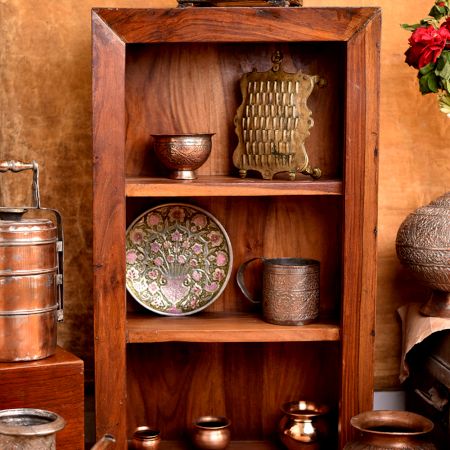
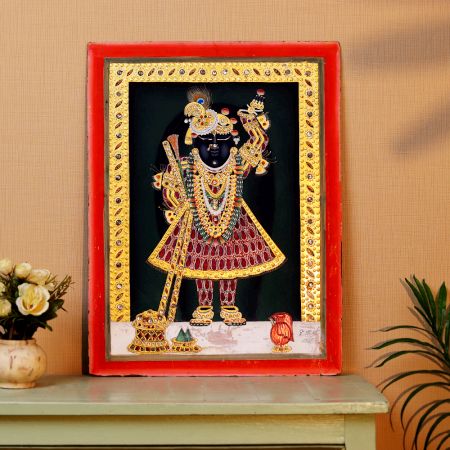




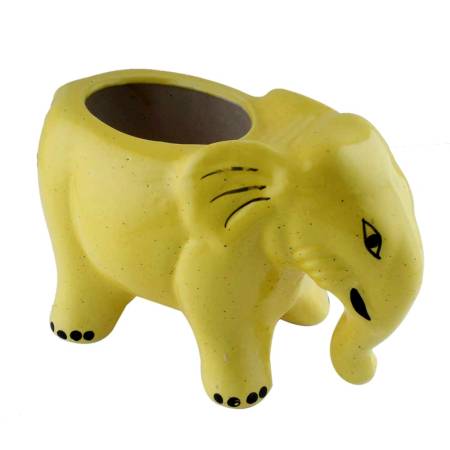
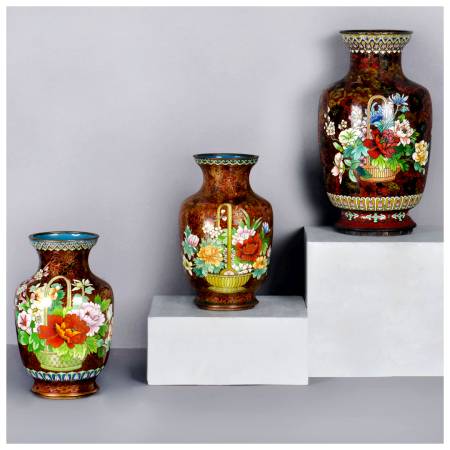
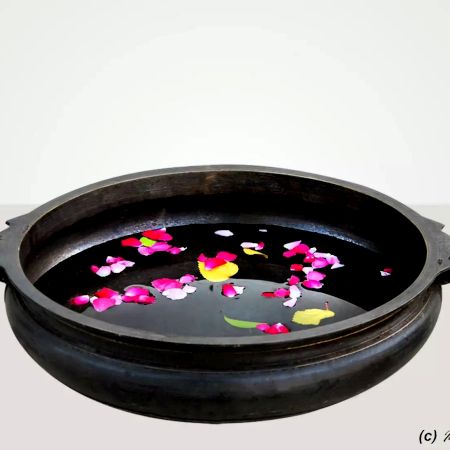
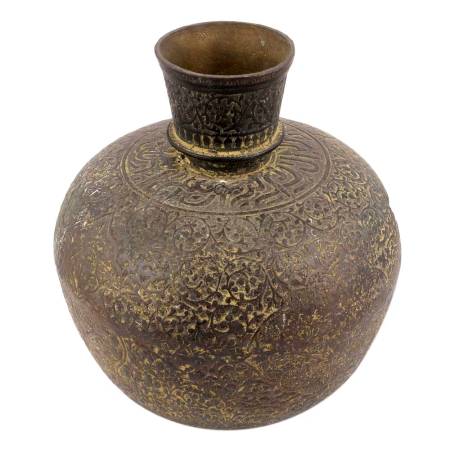
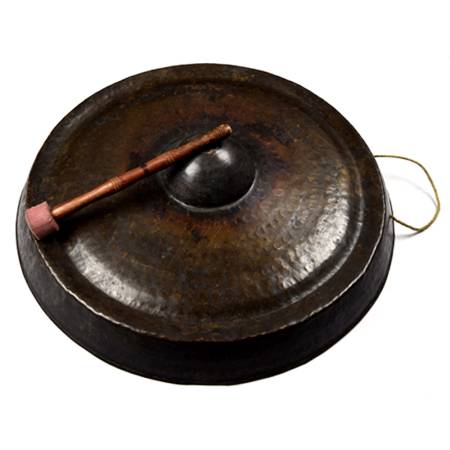

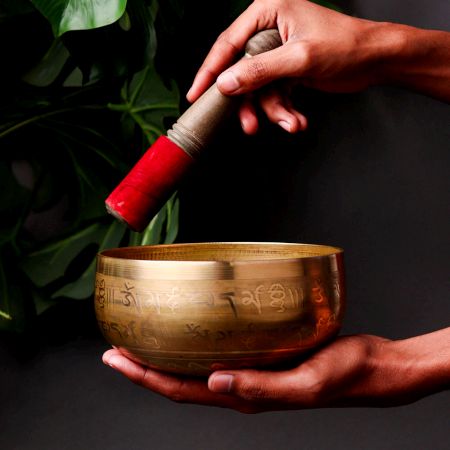
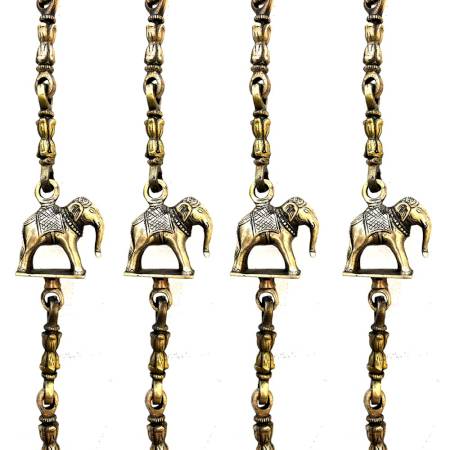

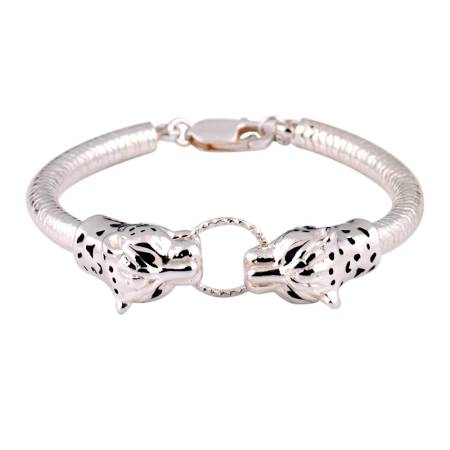
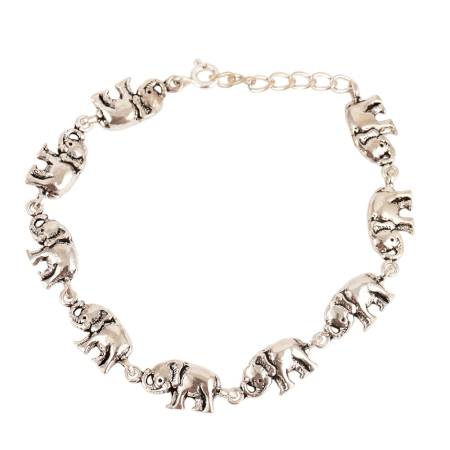
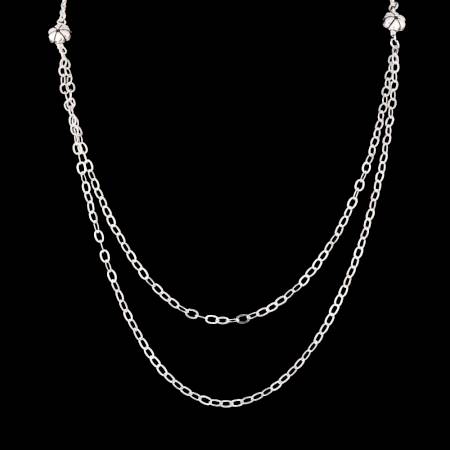
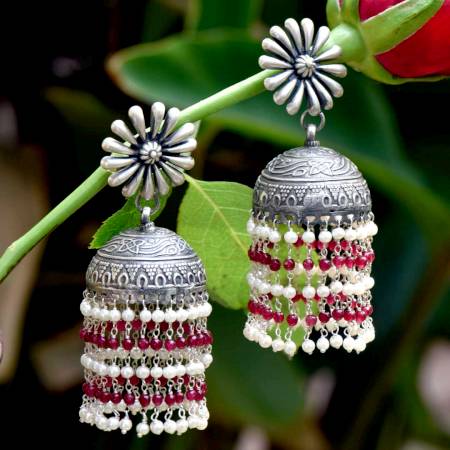
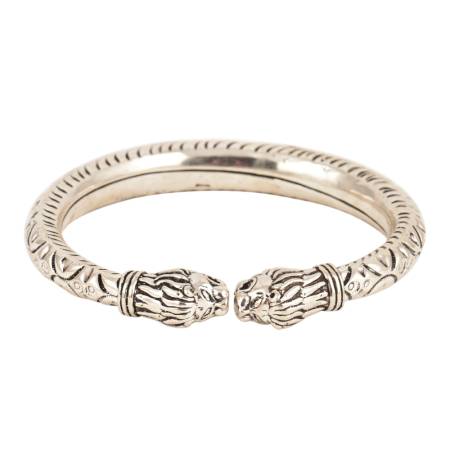
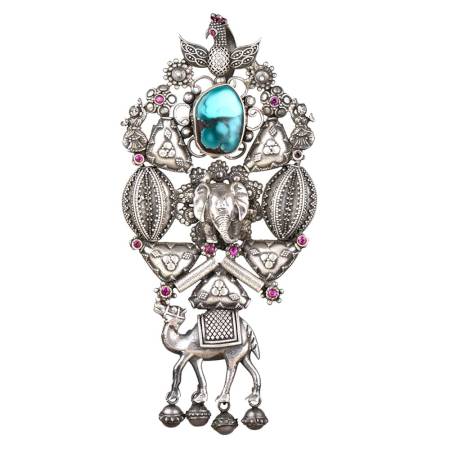

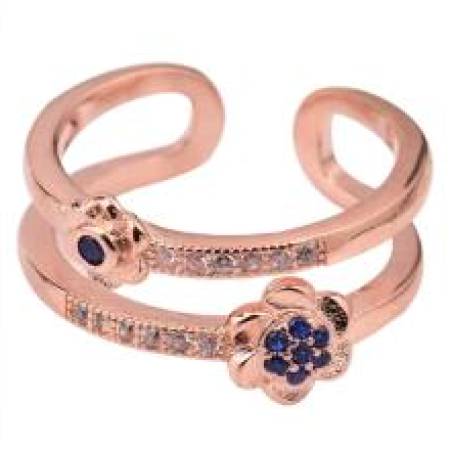
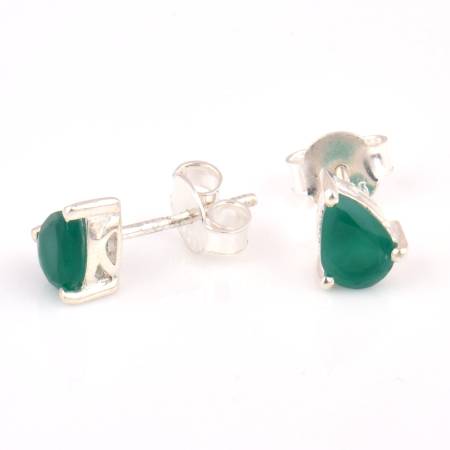







.JPG?ver=1.7)
.JPG?ver=1.7)
.JPG?ver=1.7)
.JPG?ver=1.7)
.JPG?ver=1.7)
.JPG?ver=1.7)
.JPG?ver=1.7)
.JPG?ver=1.7)
.JPG?ver=1.7)
.JPG?ver=1.7)
.JPG?ver=1.7)
.JPG?ver=1.7)
.JPG?ver=1.7)
.JPG?ver=1.7)
.JPG?ver=1.7)
.JPG?ver=1.7)
.JPG?ver=1.7)
.JPG?ver=1.7)
.JPG?ver=1.7)
.JPG?ver=1.7)
.JPG?ver=1.7)
.JPG?ver=1.7)
